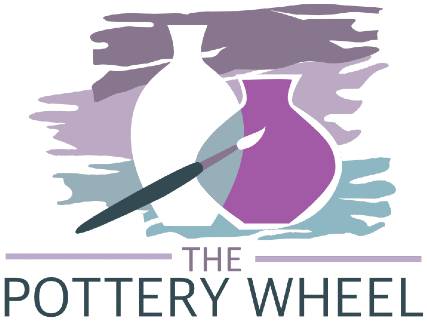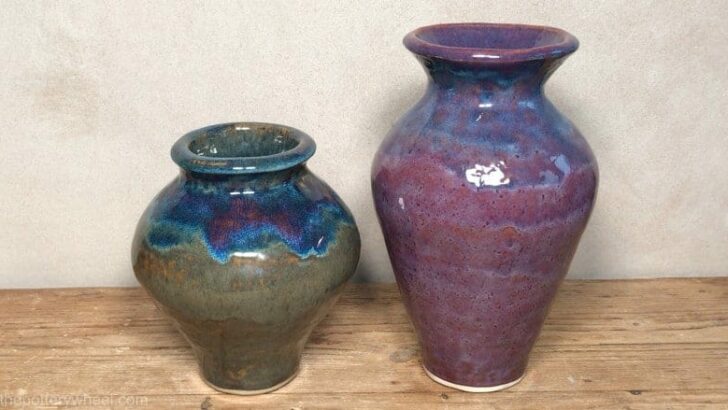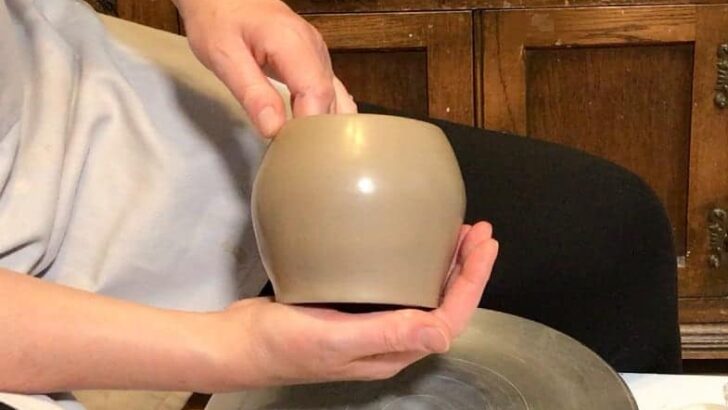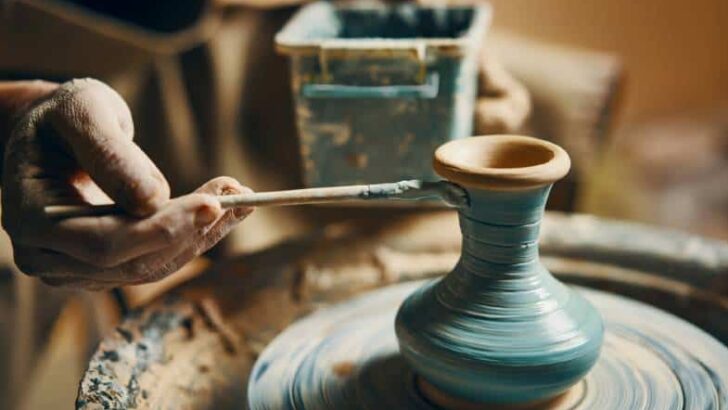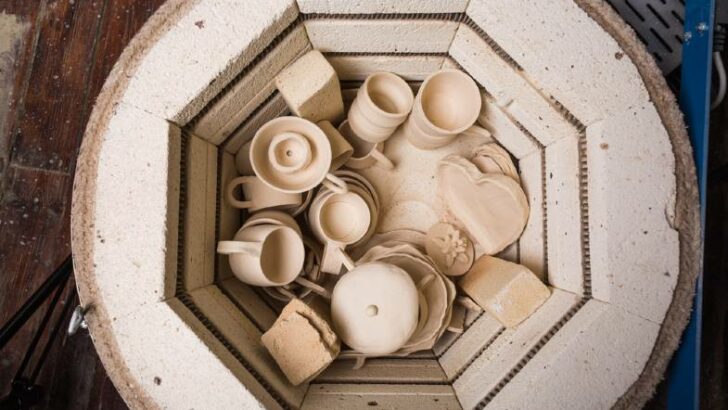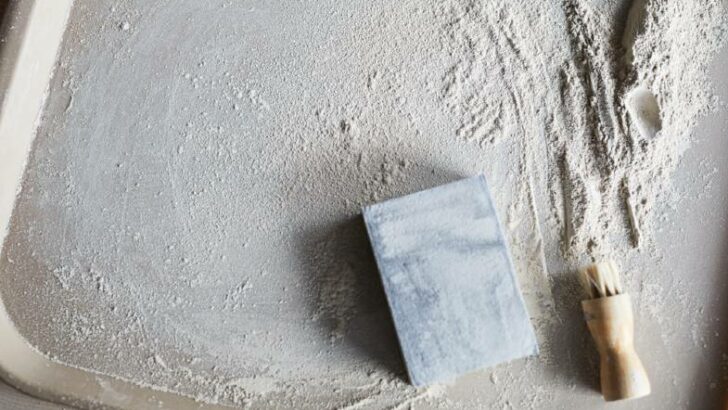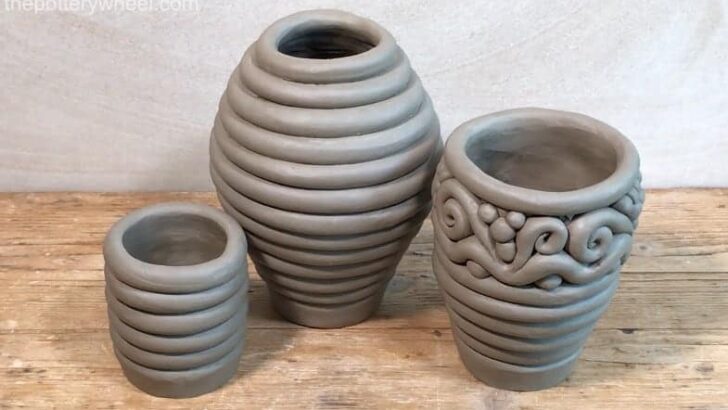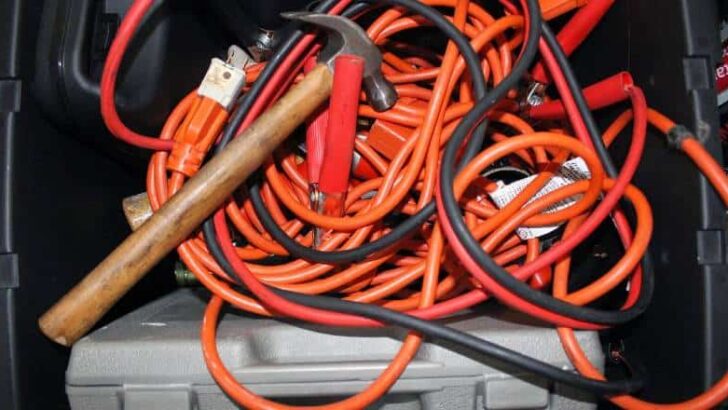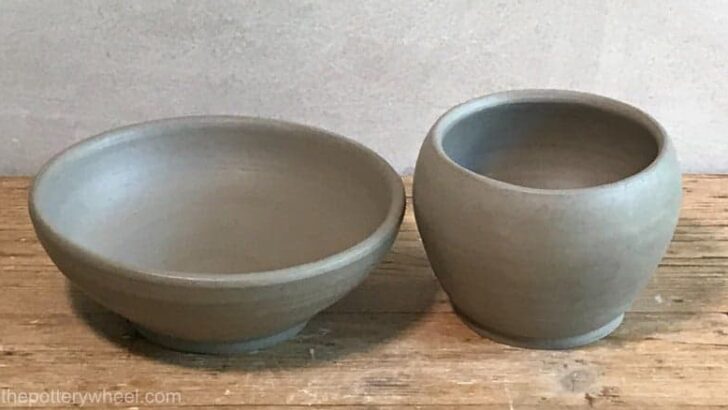Your cart is currently empty!
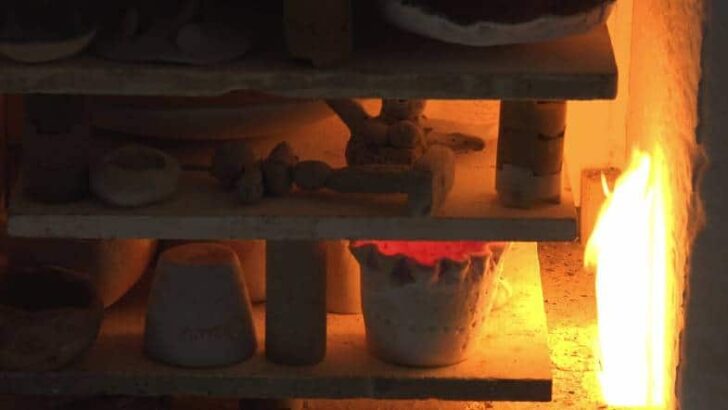
11 Types of Kiln for Pottery – Different Kilns for Clay
Kilns are insulated chambers that use fuel or electricity to reach high temperatures. When something is heated in a kiln it is described as being ‘fired’. There are different types of kiln to fire different materials. For example, there are kilns designed specifically for ceramics, glass, metal, brick, metal clay, and enamels. This article is…
